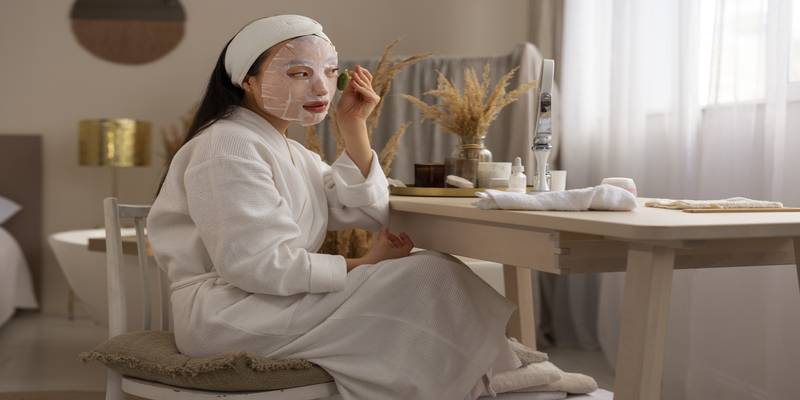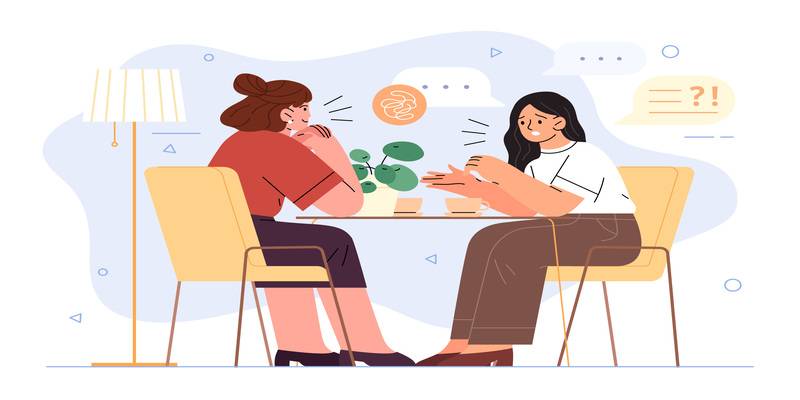How to shop mindfully?

Everyone loves shopping, be it digitally or physically in the stores. A compulsive shopper will not only buy things that he/she needs but will also end up buying stuff that they don’t need. These purchases exhibit a behavioural pattern that not only drains their bank account but also leaves them feeling guilty. Delve deeper and you’ll realise that these purchases are made when someone is stressed or is feeling overwhelmed. Fret not! This article will help you control those urges and alter your shopping behaviour, making it a joyful and unique experience. Instead of increasing the number of items on your cart, here are some tips and tricks that’ll inspire you to become a mindful shopper. In the process, you’ll feel empowered and will find ways to deal with your vulnerabilities in a more constructive way rather than relying on materialistic goods to make you feel better.
Before we get to the steps, it’s important to distinguish between compulsive and impulse shopping. If you are a compulsive shopper, you use new purchases to deal with difficult emotions, anxiety and stress. That’s why it is important to not let this become a habit as it makes you ignore the real problem. If you are an impulsive shopper, you might like something that you desire in that particular moment but once you have purchased it, you won’t end up being too happy about it or might not even use it often.
Steps to get you started
Long-term value
Ask yourself these questions before you purchase something: what is the long-term value of this particular purchase? When exactly will I use this? How often will I use this? Will I still be using this one year down the line? Is this something that I really like or am I just curious to try it? It is important to be honest while answering these questions. We know the right answers to these questions, we just need the courage to admit it and then act upon it. It’s not worth spending money on things that will only last for a short period. On the contrary, you should spend on things and activities that you will use or remember in the long run. These questions will give you some clarity and will help in shortlisting the items in your cart.
Make a list
The best way to counter an impulse is to do your research and know what you want. Once you make a list of what and how many items you require, it will be easy to follow the list and not divert from the plan. Check each item on the list one by one and be content with the choices made. Lists are a fun way of adding something new to your wardrobe. Apart from the basic requirements, add one unique item that satiates your curiosity. Stay away from purchasing things that are not on the list as it gives you enough time to evaluate your current purchases. It’s important to be strict in the beginning and follow the rules to make this a recurring pattern.
Need or want?
It is important to know the difference between what you need and what you want. There should be a good balance between these two words. If you only buy things out of desire or because you want them, you are probably ignoring your vulnerability and using materialistic goods to comfort you. The point isn’t to deprive one of something that they like but to find the right balance and maintain the limits.
Don’t fall for the sale
Going out during the sale season or window shopping or using terms such as “I’m just looking”, should be avoided at all costs as they lead to unnecessary expenditure. If these situations can’t be completely avoided, one can teach themselves to deal with it in a better way with a mindful approach. During a sale, saving money on an item that you had already planned of purchasing, is not a crime. It is a smart buy as it reduced your expenses and you can probably use that budget in your next outing. However, don’t go for things just because they come at a bargain. More often n not, the product is ignored as it was never needed in the first place.
Look stylish on a budget
Focus on buying basics that can be paired with clothes that already exist in your wardrobe. Add neutral colours that look chic at occasions, without having to try too hard. Things that can be used on a daily basis are must-haves as they come handy. Even if there are few extras in this list, these buys won’t make you feel guilty as they can be used time and again. Opt for items that add value to your personal style or make you look different. Follow the “rule of three”. When you’re out shopping and you find an item that you really like, think of three things that currently exist in your wardrobe that can be worn/sported with the item you are about to buy. If you can answer that, go ahead and buy it. This saves you time, money and a lot of energy as you won’t have to go back and pair the items to see whether it works or not.
Try to stick to a colour palette, and not repurchase the same colours again and again. Investing in pieces of the same colour family can be useful. Footwear and accessories are integral to any outfit so one should know exactly what works for them or doesn’t. Whatever you don’t use, don’t store. It’s time to donate or sell those items as it will help in reducing the clutter. I hope that these tips are helpful when you go shopping next. Don’t hold back, but know when to stop. If you follow these steps, it’ll be less stressful for you and will help you save some cash without compromising on your style.






